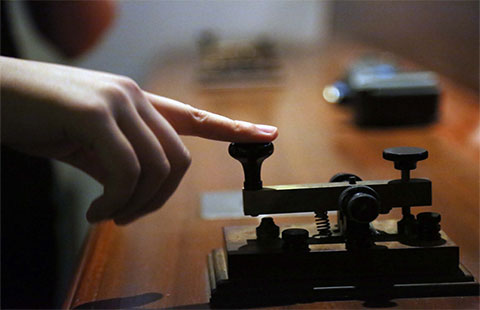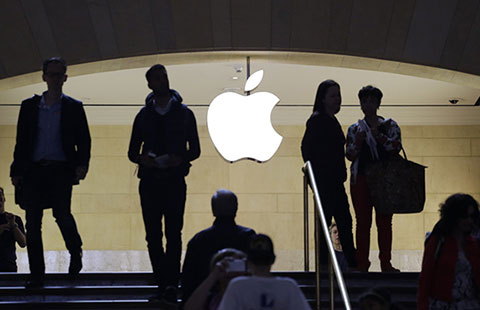BHP bracing for the journey ahead
By WU YIYAO (China Daily) Updated: 2015-01-09 10:46In North and South America, Australia and Mongolia, both BHP Billiton and Rio Tinto are digging new mines or expanding old ones.
In Arizona, the proposed jointly owned Resolution project by Rio Tinto (55 percent) and BHP Billiton (45 percent) could alone meet a quarter of overall US copper demand for decades, if the proposal is approved.
BHP Billiton estimates that global demand for copper may increase by 50 percent to 40 million metric tons by 2030. According to a research paper by Bank of America Merrill Lynch, the price of the metal may grow 20 percent to $ 8,245 per metric ton by 2017.
"China can count on BHP Billiton to alter its strategies to account for the changing growth patterns," said Mackenzie. The company, which is also a large coal producer, said it did not expect to be affected too much by China's decision to introduce import tariffs.
New laws to make steel firms more responsible, say experts
The revised Environmental Protection Law, which imposes stiffer penalties for environment-related wrongdoings and invokes eight new standards to combat pollution by steelmakers, which became effective from this year, will have a far-reaching impact on the fortunes of the industry, experts said.
To meet the new standards, steelmakers have to invest heavily to upgrade technologies and facilities, something that is certain to crimp the already wafer-thin profit margins of companies.
The average profit margin of steelmakers in China is just 2 percent, and more than 20 percent of the companies had reported losses for most of 2014, according to data provided by the China Iron and Steel Association.
Under the new standards, the average cost for making 1 metric ton of steel would go up by 20 yuan ($3.21), said Xu Xiangchun, a Beijing-based steelmarket observer.
According to a survey conducted in 2013, about 70 percent of 298 respondents, comprising mostly steelmakers from North China, admitted that they did not meet pollution control demands required by the proposed revised law at the time, said Liu Zhenjiang, deputy head of CISA.
"It is estimated that the combined cost for upgrading technologies and equipment of China's steelmaking sector would be about 110 billion yuan," said a recent report published by the Securities News.
Experts said the revised law could be a precursor for a market reshuffle, and some companies would be forced to exit the business due to mounting costs and continuing losses.
"Private steelmakers are the worst hit, due to tight credit conditions and rocketing costs. Most of them are unable to cope with the revised environment laws. We estimate that the average per ton production costs for these companies would go up by 80 yuan," said a research report from Qilu Securities Co Ltd.
Production costs for some steelmakers had remained low earlier because they had virtually zero investment on pollution control, and hence could price their products much lower than the companies that were responsible for the environment, said Liu Xinwei, an analyst with SCI International, a market information service provider. If the revised law is implemented fairly, then those selling cheap steel at the cost of the environment will not survive, he said.
- High-tech companies a growing force in Beijing real estate market
- Beer sales suffer due to cool weather
- China boosts world economy via investment, capacity cooperation
- China stocks close lower on Friday
- Investors' antics at stock market slump
- Stock indexes decline on selling pressure
- Virtual reality sector gearing up for the long haul
- Xbox chief sees 'long-term' future in China

















